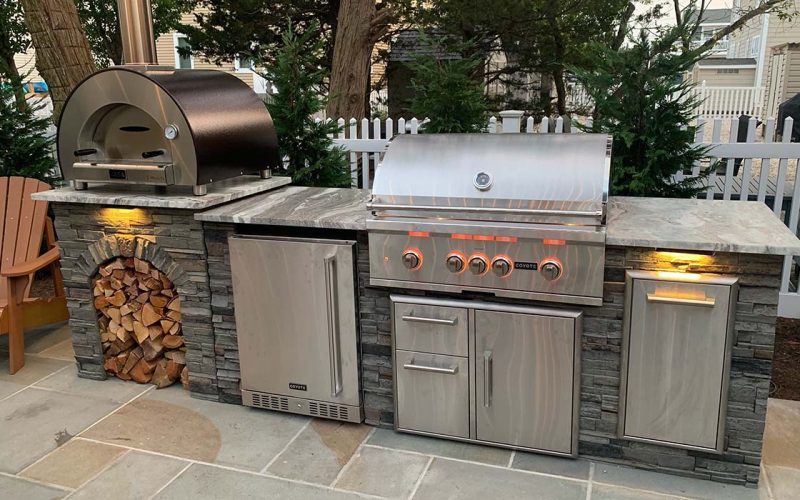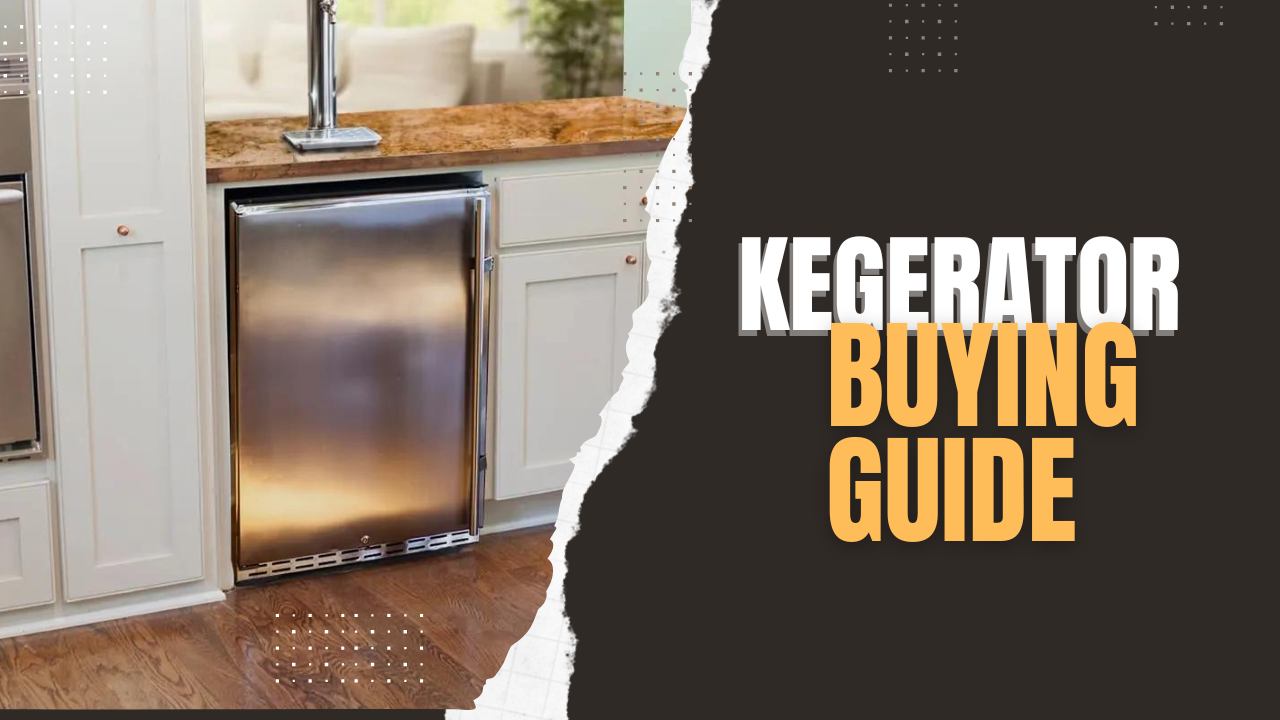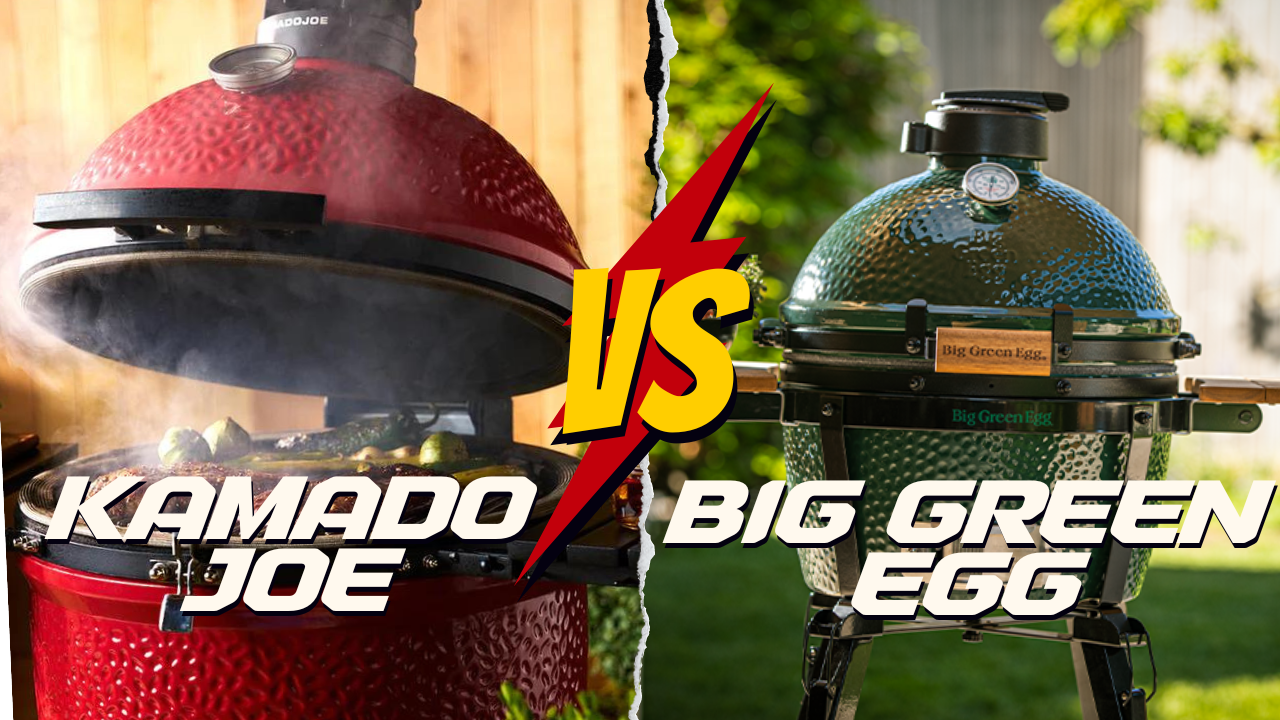When it comes to embarking on a new outdoor kitchen project, it’s essential to evaluate the available space before breaking ground. Whether you’re starting from scratch or making additions to an existing setup, careful consideration and planning are vital. Simply taking a few measurements won’t suffice. Designing an outdoor kitchen requires thoughtful deliberation, encompassing factors such as utilities, component placement, appliance selection, and overall structure. Before diving into the measuring process, it’s important to take stock of everything your backyard has to offer and seriously consider what you envision for your outdoor space. This article will guide you through these considerations, equipping you with the necessary questions to ask yourself as you dream of transforming your backyard into a truly remarkable oasis. Let’s dive in and check Outdoor Kitchen Options Based on Available Space.
Essential Utilities for Outdoor Kitchens: A Must-Have for Your Outdoor Cooking Space

Outdoor kitchens have become increasingly popular as homeowners seek to expand their living space and create inviting outdoor entertaining areas. However, to fully enjoy the conveniences and functionalities of an outdoor kitchen, it’s essential to consider the necessary utilities that will support its operation.
Utilities play a crucial role in the functionality and comfort of an outdoor kitchen. Just like their indoor counterparts, outdoor kitchens often require access to electricity, water, and gas. These utilities enable the operation of various appliances, such as grills, refrigerators, sinks, and lighting fixtures, which are essential for a fully functional outdoor cooking and dining experience.
Electricity is a fundamental utility for powering appliances and providing adequate lighting in your outdoor kitchen. It allows you to operate electric grills, cooktops, rotisseries, and other electric-powered cooking equipment. Additionally, lighting fixtures can enhance the ambiance and safety of your outdoor space, enabling you to enjoy your outdoor kitchen even after the sun sets.
More
Water is another vital utility for outdoor kitchens, facilitating tasks such as food preparation, dishwashing, and handwashing. Installing a water source, such as a sink or an outdoor faucet, ensures that you have easy access to water whenever you need it. This convenience eliminates the need to run back and forth between your indoor kitchen and the outdoor area, enhancing efficiency and convenience while cooking and cleaning.
For those who prefer the versatility and control of gas-powered appliances, having a gas line connection is essential. Gas utilities provide fuel for outdoor grills, cooktops, pizza ovens, and other gas-powered cooking equipment. Gas-powered appliances offer precise temperature control and quick heat-up times, making them popular choices among outdoor cooking enthusiasts.
When planning your outdoor kitchen, it’s crucial to consider the availability and accessibility of these utilities in your chosen location. Assessing the proximity to existing utility connections or determining the feasibility of extending utility lines will help you determine the most practical and cost-effective approach for your project.
It’s important to consult with professionals, such as electricians, plumbers, or utility companies, to ensure that the installation of utilities for your outdoor kitchen meets the necessary safety codes and regulations. These experts can guide you through the process of safely incorporating electricity, water, and gas into your outdoor kitchen, ensuring a seamless and efficient setup.
In summary, utilities are an integral part of outdoor kitchens, enabling the operation of appliances and providing the necessary resources for cooking, cleaning, and overall functionality. By carefully considering and incorporating the required utilities into your outdoor kitchen design, you can create a space that meets your culinary needs and enhances your outdoor living experience. Outdoor Kitchen Options Based on Available Space
Choosing the Perfect Spot for Your Outdoor Kitchen

When it comes to choosing the location for your outdoor kitchen, you generally have a couple of options to consider, unless you’re dealing with a severely restricted space. The two primary choices are attaching the kitchen to your home, usually on an existing patio, or constructing it as a separate, stand-alone structure in your backyard. But how do you decide between the two? Let’s explore the considerations together.
Attaching your outdoor kitchen to your home offers certain advantages. Firstly, it provides convenient access to utilities such as gas, water, and electricity, as they are typically readily available within the house. This can simplify the installation process and reduce costs. Additionally, having your kitchen close to the house makes it easier to transport supplies and food back and forth. It also facilitates seamless indoor-outdoor flow, allowing for effortless entertaining and socializing.
Second One:-
On the other hand, opting for a detached, stand-alone structure can have its own set of benefits. It allows you to create a distinct outdoor space that feels like a destination within your backyard. This separation from the house can provide a sense of privacy and relaxation. It also offers more flexibility in terms of design and layout, as you’re not constrained by existing structures. A detached outdoor kitchen can serve as a focal point in your backyard, creating an inviting atmosphere for gatherings and creating a unique outdoor living experience.
Ultimately, the choice between an attached or detached outdoor kitchen depends on your specific preferences, the layout of your property, and the overall vision you have for your outdoor space. Consider factors such as convenience, access to utilities, desired level of privacy, and the overall aesthetic and functionality you want to achieve. By carefully weighing these factors, you can make an informed decision that aligns with your needs and helps create the outdoor kitchen of your dreams.
Outdoor Kitchens Attached to the Home
- Convenience of easy access to utilities and indoor amenities.
- Seamless integration with the existing home design.
- Provides shelter and protection from the elements.
- Potential cost savings by utilizing existing infrastructure.
- Limited flexibility in terms of layout and design.
- May require additional construction or modifications to the home.
- Noise and odors from cooking can permeate indoor living spaces.
- Potential limitations on outdoor space usage due to the attached kitchen structure.
Outdoor Kitchens Detached from the Home
- Enhanced privacy and separation from indoor activities.
- Increased flexibility in layout and design options.
- Reduced noise and odors inside the home.
- Allows for greater customization and expansion possibilities.
- Inconvenience of having to transport food and supplies from the indoor kitchen.
- Limited access to utilities like electricity, plumbing, and gas lines.
- May require additional maintenance and upkeep due to exposure to the elements.
- Potential for decreased home value if the detached kitchen is not well-integrated with the overall property.
Designing a Solid Foundation and Shelter for Outdoor Kitchens
Deciding between a covered or uncovered outdoor kitchen is a crucial factor when evaluating your backyard setup. It’s important to consider the need for shade, both for your guests’ comfort and to protect appliances from direct sunlight. But how do you determine the best choice for your specific outdoor kitchen project? In this comprehensive guide, we’ll provide you with all the essential information you need to make an informed decision, exploring the pros and cons of both options and helping you find the perfect fit for your outdoor kitchen requirements.
Covered Outdoor Kitchen
PROS
- Protection from the elements, allowing for uninterrupted cooking and entertaining.
- Creates a cozy and inviting ambiance for guests.
- Offers the flexibility to incorporate various design elements and features.
- Can provide additional storage and workspace options.
CONS
- Requires careful planning and considerations in terms of space availability and structural integrity.
- Construction costs for a covered outdoor kitchen can be higher compared to an uncovered setup.
- May limit the amount of natural sunlight and fresh air in the cooking area.
- Maintenance and cleaning may be more demanding due to the presence of a roof structure.
Uncovered Outdoor Kitchens
PROS
- Unobstructed Views of the Surrounding Environment
- Provides an Open and Airy Atmosphere
- More Design Flexibility and Versatility
- Generally More Budget-Friendly
CONS
- Appliances and Equipment are Exposed to the Elements
- Limited Usability during Inclement Weather
- Potential Damage from Sunlight, Rain, or Snow
- Lack of Shade for Guests and Appliances









